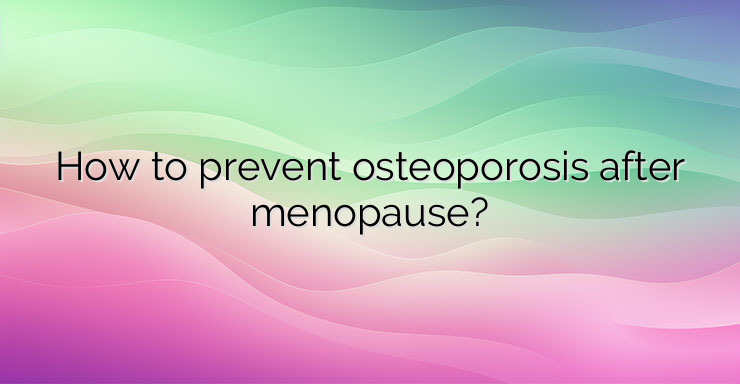Bone loss occurs when bone mass is lost faster than it can be strengthened. Up to 20% of bone loss occurs in the first five years of menopause. What are the risks of bone loss? Bone loss greatly increases the risk of bone fractures and can lead to osteopenia (low bone mineral density) and osteoporosis (weak bones). Bone fractures can also lead to a host of other health problems, so bone care is a key aspect of menopausal health care. Bones are living, growing tissues that are constantly remodeling, and at a young age, they regenerate quickly. However, since the 1930s, bone loss is a natural phenomenon. Bones cannot repair themselves as quickly as before, leading to bone loss. That’s thanks to estrogen – or actually the lack of it. Estrogen regulates the menstrual cycle and prevents bone loss. But upon entering menopause, the body slows down the production of estrogen, leading to bone loss. Is early menopause a risk factor for osteoporosis? Menopause causes bone loss. So, no matter when it happens, during menopause women are at greater risk of developing osteoporosis. It is extremely important during menopause that women be screened for osteoporosis. Typically, menopause occurs between the ages of 45 and 55, so earlier onset does not reduce the risk, but rather leads to bone loss in more -early age. Osteoporosis is of clinical importance because it is the main risk factor for fractures. Osteoporotic fractures of the hip, spine, and forearms are associated with limitation of ambulation, physical deformity, chronic pain and disability, loss of independence, and reduced quality of life. Osteoporotic hip fractures are particularly devastating, contributing up to 5% of all-cause mortality in men and women. Estrogen is a hormone that has various functions in the body. He is best known for his work with progesterone in women’s sexual and reproductive health. Progesterone is also associated with the menstrual cycle, pregnancy and embryo development. Estrogen also contributes to bone health, cardiovascular health, and other essential processes in the body. Women who are at greater risk of osteoporosis include those who: Enter menopause before age 45; Long breaks between periods; Lack of regular ovulation. As you enter menopause, estrogen and progesterone levels begin to decline. Estrogen naturally protects and increases bone strength. Its lack contributes to reduced bone strength and the development of osteoporosis. But reduced estrogen isn’t the only risk factor for osteoporosis. Additional factors can increase a woman’s risk of osteoporosis. For example, womenwhose parents or grandparents had osteoporosis are at higher risk. Women who are extremely thin or petite are also at a higher risk of developing osteoporosis than women who are larger. This is because thinner women have less bone mass to begin with. Another risk factor for the development of osteoporosis is nutrition. Both calcium and vitamin D generally help the body maintain healthy and strong bones. If you don’t get enough calcium, the body uses what it has stored in your bones, which can make them vulnerable to fractures. The body also needs vitamin D to absorb calcium. Additional factors that can increase the risk of osteoporosis are smoking and excessive alcohol use. These risk factors, combined with decreased estrogen and decreased bone mass and density that naturally occur with age, can cause osteoporosis. Sources: 1. National Osteoporosis Foundation. What women need to know. 2. Office of Women’s Health. Menopause basics. 3. Harvard Medical School. Osteoporosis. 4. Ji MX, Yu Q. Primary osteoporosis in postmenopausal women. Chronic Dis Transl Med.


Leave a Reply